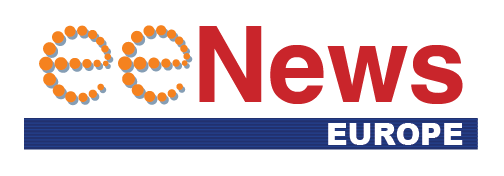
AI-Driven Antenna Design to Power Global IoT Growth
 Cette publication existe aussi en Français
Cette publication existe aussi en Français
Global IoT antenna shipments are projected to rebound and reach 13 billion units by 2030, according to a new report by ABI Research. The recovery follows a period of slowed growth caused by post-pandemic effects and inflationary pressures that impacted both consumer and industrial markets.
For eeNews Europe readers, this forecast highlights how AI-driven design tools and next-gen wireless standards are reshaping the IoT hardware industry. Such key developments will influence design, sourcing, and deployment strategies across Europe’s rapidly expanding connected device landscape.
Global momentum and regional trends
ABI Research predicts that Bluetooth and Wi-Fi-enabled antennas will make up more than 60% of shipments by the end of the decade. PCB-trace antennas will remain the most common, followed by surface-mount technology (SMT) antennas. While tariffs and lingering inflation will continue to pressure markets in North America, the region is still expected to lead with around a 30% market share, bolstered by strong consumer demand for wearables and smart home devices. Despite these headwinds, innovation in antenna design and integration seems to be breathing new life into the market.
AI tools drive design efficiency
Emerging AI-based platforms are already changing the game. According to the report, offerings like Ignion’s Oxion, Taoglas’ Antenna Integrator, and Kyocera AVX’s IoT Solution Optimizer are reducing friction in antenna design by enabling simulation-based optimization and more efficient component selection. These platforms not only streamline development but also help OEMs accelerate time-to-market, which is critical in an increasingly competitive IoT environment.
ABI Research notes that while the overall IoT antenna market stagnated in recent years — due in part to high interest rates, falling smartphone sales, and delays in 5G IoT adoption — AI-enabled design tools and diversified connectivity demand are set to reignite growth.
European relevance
For Europe, the news in the report signals significant opportunity. As the region pushes for greater autonomy in connected systems, particularly within the IIoT, automotive, and smart energy sectors, advances in antenna design will be crucial. European manufacturers and design houses can leverage AI-assisted tools to enhance design accuracy, reduce prototyping costs, and strengthen the competitiveness of locally developed IoT solutions. ABI Research’s findings suggest that by 2030, antenna innovation will be a core enabler of IoT scalability.
 If you enjoyed this article, you will like the following ones: don't miss them by subscribing to :
eeNews on Google News
If you enjoyed this article, you will like the following ones: don't miss them by subscribing to :
eeNews on Google News







